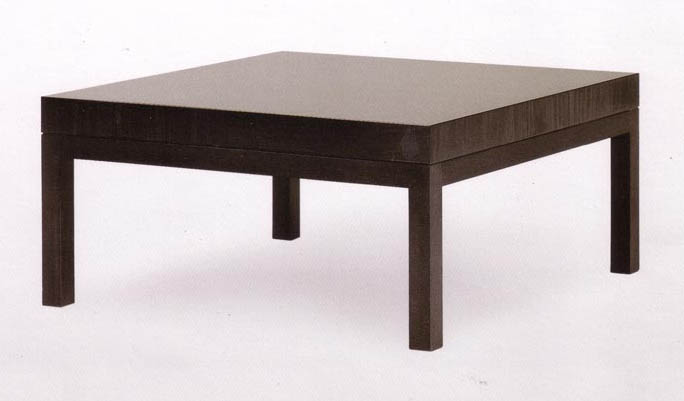Q.
Why would veneer expand after three months of being finished and installed? In several places, it seems to be pushing up at the seams. The contact glue used is the green from Wilsonart. I've had the finish checked with a dry mill gauge and it's okay. It is random and occurs on mdf and ply, but mostly mdf.
Forum Responses
I have found that a minimum of two coats of contact cement on each service is required. Let it dry between each coat. Then apply the veneer to the substrate. Iron on the veneer and then, using a veneer hammer or some other type of pressure device, drag it over the surface with as much pressure as possible.
I let it sit overnight before trimming, because it does grow or creep. In most cases that holds and it seems to be stable.
If that doesn't work, use a resin glue. That takes hours to dry. You need clamping or a vacuum system for that. I have also used yellow glue and ironed it on, but I find that creeps also.
I did a 10 foot by 30 inch countertop for a credenza with mahogany veneer and I used the resin glue on that under vacuum. It looked like one large board when it was done.
Flexible sheet veneer was designed to be applied with a ridge glue line and a press. The manufacturers found out in a hurry that not enough woodworkers had or wanted a press. So the following instructions were agreed upon by most of the flexible sheet veneer manufacturers.
1. Both surfaces shall be free of all dust before applying contact.
2. Contact adhesive should be applied in a box coat method (applied in both directions).
3. 100% coverage applied to both surfaces (approximately twice as much as required for plastic laminate).
4. Drying time is very important. Don't trap gases. It is the gases that cause the blisters and surface checking. Gases are a natural process in contact. Wait the proper amount of time--15 extra minutes now can save you $$$$ later.
5. Maximum pressure should be applied by use of a wood scrapper. Do not use a J-roller on sheet veneer. Applying maximum pressure requires work--you are trying to get an intimate bond between two foreign products.
6. When one has completed the laminating process the next step is NOT to flood the veneer surface with finish or moisture of any kind. (Wood moves when moisture is applied.) A barrier coat of sealer is recommended by a lot of the finish manufacturers before your finish coats are applied. Make sure your first seal coat seals the wood fibers and does not flood the finish.
P.S. When veneer expands because of being flooded with finish, it sometimes takes 3 to 5 months for the air-conditioner in a home to draw out the moisture. This is when the surface checks and blisters start showing up.
Locke Wilde, forum technical advisor
